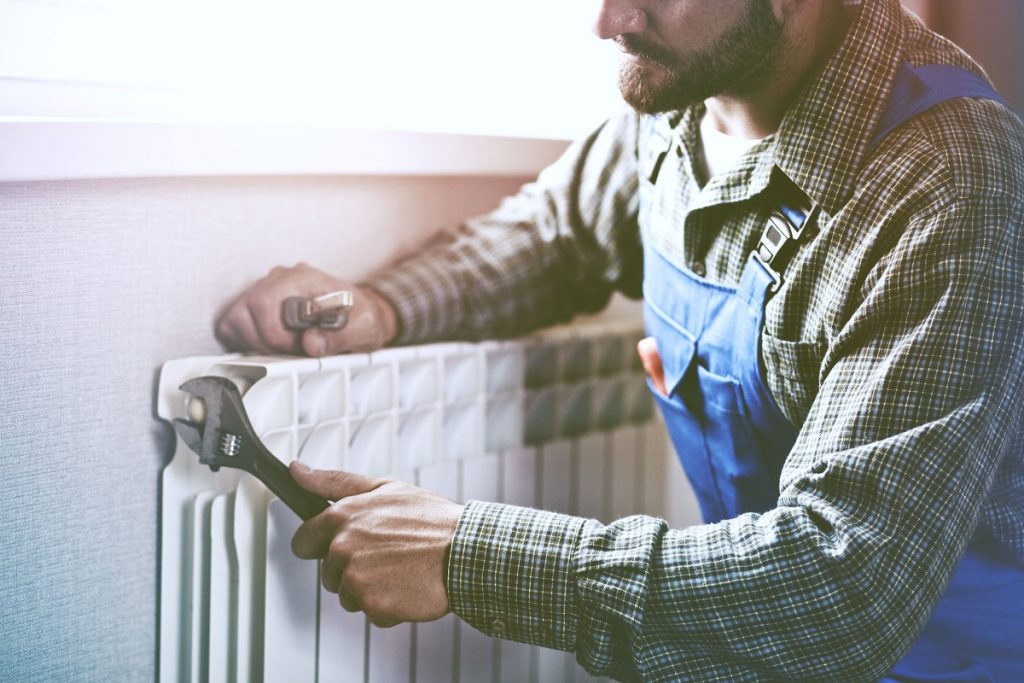- A sustainable building is essential for environmental preservation and preserving resources for future generations.
- Sustainable building construction offers many advantages, such as cost reduction and improved health and productivity.
- To construct a sustainable building, you must consider location, materials, and energy efficiency.
- Water management and waste management are two critical elements that need to be considered.
With the increasing awareness of environmental issues and the need to preserve natural resources, constructing a sustainable building is becoming more relevant.
However, building a sustainable structure can be overwhelming and requires careful consideration of several factors. This blog post will take a closer look at what it takes to construct a sustainable building and the necessary considerations that you need to make.
The Importance of Sustainability
The world population is growing, and so is the demand for infrastructure, with more structures popping up everywhere. However, constructing buildings and infrastructure without regard for the environment can be disastrous. People must remember that they are only borrowing the planet from future generations, and it is their responsibility to leave it habitable for the future.
Implementing sustainable practices in construction can significantly reduce the carbon footprint created by the construction process. Building construction’s sustainability is critical for the environment and our local communities and residents.
What are the Advantages?

Sustainable building construction has become a focal point for professionals in the architecture industry due to the advantages it provides. Some benefits include cost reduction, improved health and productivity, and environmental preservation. Furthermore, sustainable buildings require less energy and resources to construct, operate, and maintain.
Therefore, they are viewed as a long-term investment that can help reduce expenses while increasing the building’s value over time. Additionally, occupants in these buildings experience better air quality, access to more natural light, and other health benefits that contribute to increased productivity.
Tips for Constructing a Sustainable Building
The construction of sustainable buildings requires thoughtful planning and implementation. There are several steps you can take to ensure that your facility is as sustainable as possible:
Location
The location of your proposed building is a vital consideration for sustainability. You need to consider various factors such as the climate, the topography, accessibility to public transportation, and the availability of renewable energy sources. For example, a building located in a sunny area is ideal for solar panel installation, while a building situated in a windy area is suitable for a wind turbine.
Materials
Selecting the suitable materials is a crucial aspect of constructing a sustainable building. Each element must be chosen carefully, from the foundation to the roof. But one aspect that is often overlooked is the piping system.
For instance, the installation of insulated roofing and walls can significantly decrease energy consumption through heating and cooling efforts. This is where specialty piping solutions come into play. From plumbing to HVAC and electrical systems, these piping solutions ensure your building operates smoothly and efficiently.
Energy Efficiency

Incorporating energy-efficient systems into your building’s design is essential for reducing energy consumption and minimizing your carbon footprint. You can incorporate features such as efficient HVAC systems, double-glazed windows, and energy-efficient lighting to increase energy efficiency.
Moreover, investing in renewable energy sources such as solar and wind power is a great way to reduce your reliance on fossil fuels for energy. This can help improve the building’s environmental impact while creating long-term cost savings.
Water Management
Water management is also a vital element of sustainability in building design. You must consider features such as water harvesting systems, water-efficient fixtures, and grey-water systems. These features can reduce water usage and minimize the impact of the building on the local ecosystem.
You can also explore green roofs, which are increasingly popular in architecture. Green roofs can provide insulation to keep the building cooler and help reduce energy costs. Additionally, they act as a natural filter for water runoff and provide additional space for wildlife.
Waste Management
Finally, waste management is another crucial consideration that you need to make when constructing a sustainable building. You can incorporate recycling stations, compost systems, and waste-to-energy systems. These features minimize the amount of waste the structure produces and promote sustainable living practices.
Additionally, local governments may have waste management regulations that must comply with. Make sure to research your area’s local ordinances and policies before proceeding with construction.
Final Thoughts
In conclusion, constructing a sustainable building requires careful planning, considering various factors, and using the most eco-friendly materials and systems available. Incorporating sustainability into the building design can reduce energy consumption, minimize waste production, and help preserve natural resources. As stakeholders in the built environment, you should embrace sustainability and ensure that your structures promote healthy and sustainable living.

